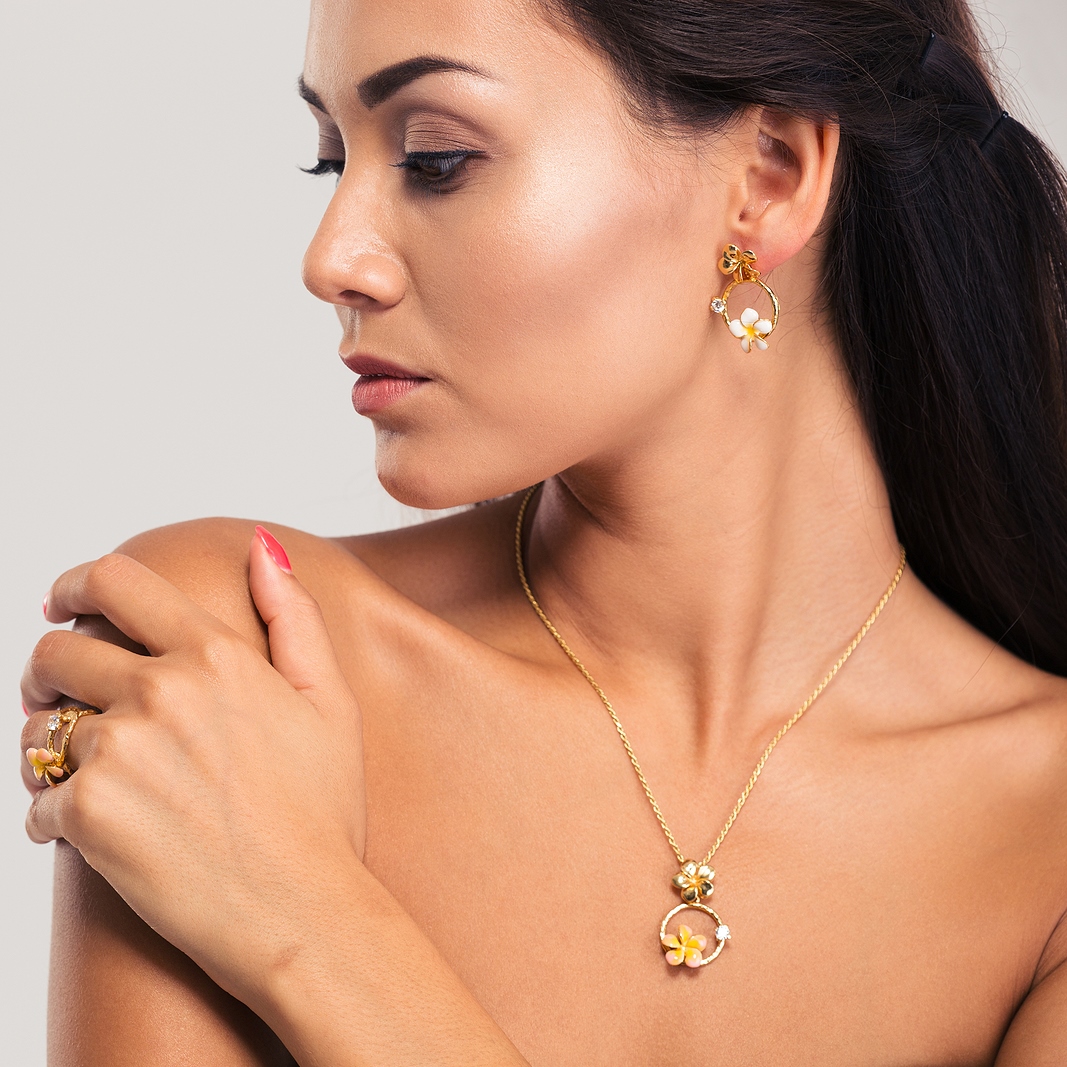From ancient times to the modern day, necklaces have been a popular form of adornment for both men and women. The diversity of designs is vast, from delicate pendants to bold statement pieces. No matter your style, there is sure to be a piece of jewelry that suits your personality and look. Keep reading to discover the history and types of necklace designs.
Modern Necklace Designs
Necklace designs have a long and varied history in human culture, with some having been used for both decorative and functional purposes since antiquity. Necklaces can be made from many different materials such as metal, stone, wood, shells, glass beads, or even natural objects like feathers and bones. Popular styles include pendants, lariats (which have no clasp), chokers (close-fitting necklaces that loop around the neck), collars (short pieces of jewelry worn around the neck), and multi-strand designs.
The most common type of necklace design is one featuring a single strand of material that hangs down from the wearer’s neckline. This style is often found in everyday wear but can also be seen in celebrities who choose to make bold fashion statements by wearing intricate pieces crafted from precious metals or gemstones. Keep reading to learn about the history of how current designs came to be.
Prehistoric Necklace Styles
Prehistoric necklace styles have been around since the beginning of mankind. The use of whimsical necklaces has been found in almost every culture and region throughout history, from Ancient Egyptians to Native Americans. Prehistoric jewelry was created using a variety of materials, including stone beads, shells, animal teeth, wood, and feathers. These early designs often featured intricate patterns that reflected the cultural values or beliefs of the wearer and their community. Early prehistoric necklace designs typically featured large stones strung together with simple knots or links made from leather strips or bones. This type of design is thought to be one of the oldest forms used by humans for adornment purposes; it was believed to protect against evil forces, as well as provide spiritual protection for its owner.
As time progressed, so did sophistication in design; more complex motifs began appearing, such as circles within circles or multiple strands intricately woven into a single piece. Many cultures also crafted pendants out of metal, which could range from simple shapes like crosses or stars to elaborate figures depicting gods and goddesses associated with specific cults at that time period.

Classic Chains, Gemstone Necklaces, and Pendant Necklaces
Chain-and-pendant necklaces are often made of precious metals such as gold or silver, but they can also be crafted from less expensive materials like glass beads or plastic. These designs feature a single hanging ornament suspended by a metal chain or cord. The ornament itself may take many shapes. It could be a charm, cross, locket, medallion, heart shape, stone setting, disc pendant, etc., depending on personal preference.
There is also great variety in the style of the chain. Chains can vary from thick to thin links; may have diamond cut for extra sparkle, a square box pattern for an elegant look; they can be twisted for added texture and interest, have an open link with gemstones set throughout, looped circles for an eye-catching effect, etc.
Gemstone necklaces come in a variety of different stones, each with its unique properties. For example, amethyst is a popular gemstone used for its calming and stress-relieving properties. Turquoise is commonly worn for protection and good luck, while rose quartz is known for promoting love and happiness. Whether you are drawn to a particular stone for its beauty or its spiritual benefits, wearing a gemstone necklace is an effortless way to incorporate these properties into your daily life.
Overall, necklace designs provide an opportunity for people to express themselves through fashion, art, and culture. Necklaces can also tell stories, preserve memories, and represent different beliefs and values. The history of necklace designs is vast, spanning centuries and cultures all over the world. By researching the origins of different necklace designs, one can gain a better understanding of the significance of jewelry in global culture.
